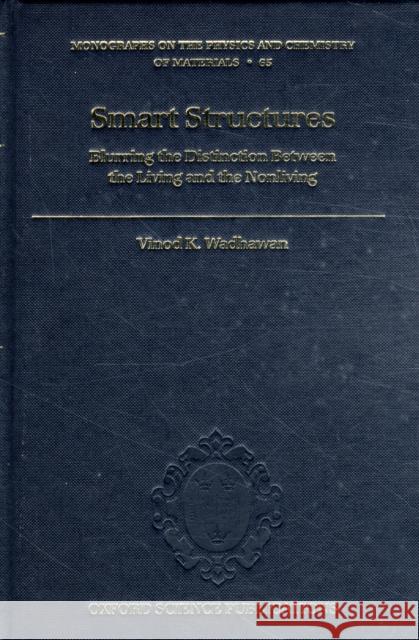Smart Structures: Blurring the Distinction Between the Living and the Nonliving » książka
Smart Structures: Blurring the Distinction Between the Living and the Nonliving
ISBN-13: 9780199229178 / Angielski / Twarda / 2007 / 352 str.
A structure is an assembly that serves an engineering function. A smart structure is one that serves this function smartly i.e. by responding adaptively in a pre-designed useful and efficient manner to changing environmental conditions. Adaptive behavior of one of more materials constituting a smart structure requires nonlinear response. This book describes the three main types of nonlinear-response materials: ferroic materials, sort materials, and nanostructured materials. Information processing by biological and artificial smart structures is also discussed. A smart structure typical has sensors, actuators and a control system. Progress in all these aspects of smart structures has leant heavily on mimicking Nature and the all-important notion in this context has been that of evolution. Artificial Darwinian and Lamarckian evolution holds the key to the development of truly smart structures. Modestly intelligent robots are already on the horizon. Projections about the low cost availability of adequate computing power and memory size indicate that the future really belongs to smart structures. This book covers in a compact format the entire gamut of concepts relevant to smart structures. It will be of interest to a wide range of students and professionals in science and engineering.











